Introduction
Trade shows and exhibitions are essential platforms for businesses to showcase their products, services, and brand identity. In a competitive environment where companies strive to make an impactful impression in a limited space, exhibition stand design becomes a key differentiator. One critical decision that event marketers face is whether to invest in a custom exhibition stand design or opt for a more economical, modular alternative.
While custom designs come at a higher price, they offer unparalleled opportunities for brand storytelling, visitor engagement, and visual distinction. This article examines whether custom exhibition design is worth the cost by exploring its benefits, challenges, ROI potential, and strategic value in today’s business landscape.
Note: Exhibition Stand Design and Installation in Dubai was expertly handled by Konnect Events and Exhibitions. Each booth reflected brand identity with precision and creativity.
Contact Konnect Events and Exhibitions to craft your next show-stopping stand.
Understanding Custom Exhibition Design

Custom exhibition stand design refers to the creation of tailor-made booths and structures built specifically to reflect a company’s brand, goals, and audience for a particular event. Unlike pre-fabricated or modular stands, custom stands are unique in their architecture, layout, material, technology, and finishing.
These stands are often designed in collaboration with specialized agencies, architects, and marketing teams to deliver a space that goes beyond functionality—becoming an immersive brand experience.
Key Advantages of Custom Exhibition Design
Creating a Unique Brand Experience
One of the primary reasons businesses invest in custom exhibition designs is the opportunity to create a strong, memorable brand presence. In a crowded exhibition hall, standard modular booths often blend together. A custom-designed stand captures attention, reinforces brand identity, and invites visitors to engage.
From custom lighting and digital screens to interactive zones and bespoke structures, every element can be crafted to tell a cohesive brand story.
Enhancing Visitor Engagement
Custom exhibition stands are designed with visitor flow, interaction, and comfort in mind. By tailoring the layout and features, companies can create immersive environments that encourage visitors to explore, ask questions, and spend more time at the booth.
This increased engagement often translates to better lead generation, higher-quality interactions, and improved post-event conversion rates.
Aligning with Marketing Objectives
Unlike one-size-fits-all booths, custom designs are built to align with specific marketing goals. Whether the objective is to launch a new product, demonstrate technology, or hold private meetings, the stand can be engineered to support those goals through layout, messaging, and functionality.
This strategic alignment ensures that the exhibition stand is not just a space filler but an active tool in achieving business outcomes.
The Financial Considerations of Custom Stands
Upfront Costs and Budgeting
Custom exhibition stands come with a higher price tag due to the cost of design, materials, fabrication, transportation, and installation. Depending on size, complexity, and the event location, costs can range from a few thousand to hundreds of thousands of dollars.
For many businesses, this raises concerns about whether the investment justifies the return. However, evaluating this question requires looking beyond the surface-level expense.
Cost Versus Long-Term Value
Although the initial cost of a custom stand is higher, the potential long-term value can outweigh the expense. Many custom stands are designed for reuse, with components that can be reconfigured for different events. Over time, the cost per use can decrease significantly.
Moreover, custom stands often generate greater brand awareness, media attention, and lead volume—factors that contribute to long-term brand equity and customer acquisition.
Measuring the Return on Investment
Key Metrics for Evaluation
To determine if custom exhibition design is worth the cost, companies must measure both tangible and intangible returns. Common metrics include:
- Number of qualified leads generated
- Duration of visitor engagement
- Social media shares and mentions
- Post-event sales or inquiries
- Media exposure and brand impressions
Advanced tracking methods, such as lead capture software and visitor analytics, can help quantify the booth’s performance and link it to business results.
The Importance of Lead Quality
While modular booths may attract foot traffic, custom stands tend to draw more qualified leads due to their professional presentation and targeted messaging. A well-designed custom stand signals brand credibility, which often appeals to decision-makers and high-value prospects.
Thus, even if the number of leads isn’t significantly higher, the quality and conversion rate of those leads can greatly increase ROI.
Comparing Custom Design with Modular Alternatives
Modular Stands: Pros and Limitations
Modular exhibition stands are cost-effective, easy to set up, and versatile for small to mid-sized events. They work well for companies attending multiple events with tight turnaround times or limited budgets. However, they offer limited flexibility in design and branding.
The standardized structure often fails to make a distinctive impact, which can be a disadvantage in competitive or high-profile exhibitions.
Custom Stands: When to Invest
Custom stands are ideal for events where the stakes are high—such as international trade shows, product launches, or brand milestone celebrations. These are moments when a company needs to stand out, create buzz, and deliver a lasting impression.
Investing in a custom stand is especially worthwhile for brands looking to position themselves as leaders in their industry or break into new markets.
Strategic Benefits Beyond the Event
Brand Perception and Professionalism
A custom exhibition stand is not just a marketing tool—it’s a statement. It reflects the company’s attention to detail, commitment to excellence, and understanding of its audience. This professional image can influence how customers, partners, and competitors perceive the brand long after the event ends.
Internal Morale and Stakeholder Confidence
Custom stands can also positively affect internal stakeholders. Employees feel a sense of pride representing the company in a professional, high-impact setting. Investors and partners may also perceive the brand as more committed and credible, influencing long-term business relationships.
Challenges in Custom Exhibition Stand Design
Time and Resource Demands
Custom stands require significant time for design, approvals, fabrication, and testing. Companies must plan well in advance and allocate internal resources for coordination. Delays in material delivery or last-minute changes can lead to added costs and stress.
Working with an experienced agency that understands exhibition logistics and timelines is essential to minimize risks.
Storage and Transportation
After the event, custom stands need to be stored properly if they are to be reused. Companies must consider warehousing, transportation logistics, and refurbishment costs. These additional responsibilities should be factored into the overall investment decision.
Sustainable and Modular-Within-Custom Approaches
Modern custom stand designs are increasingly incorporating modular elements to balance flexibility and cost. These hybrid solutions allow for brand customization while offering reusability and reduced waste.
Additionally, eco-friendly materials, energy-efficient lighting, and recyclable structures are being used to make custom stands more sustainable—appealing to environmentally conscious brands and consumers.
Best Practices for Maximizing Custom Stand Investment
To ensure the investment in custom exhibition design pays off, companies should:
- Set clear marketing objectives before design begins
- Collaborate closely with experienced designers and fabricators
- Consider the visitor journey and user experience
- Incorporate technology for interactivity and data capture
- Plan for post-event storage and reuse opportunities
- Evaluate performance using robust metrics and feedback
Conclusion
So, is custom exhibition design worth the cost? The answer is a resounding yes—provided the investment aligns with strategic goals, is executed professionally, and is measured effectively.
In a business environment where face-to-face interactions are precious and brand perception is everything, a custom stand can deliver not only a competitive edge but also a lasting impression. It elevates brand presence, attracts the right audience, and supports deeper engagement.
For companies serious about standing out in a crowded marketplace, the cost of custom exhibition design is not just justifiable—it’s a smart, forward-thinking investment.
For more insightful articles related to this topic, feel free to visit techners.net

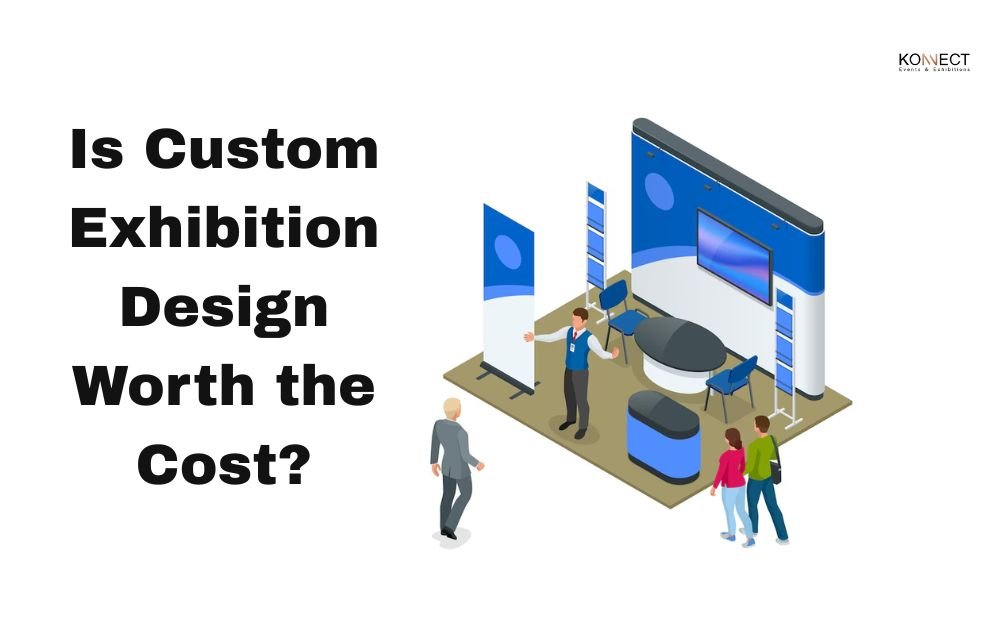


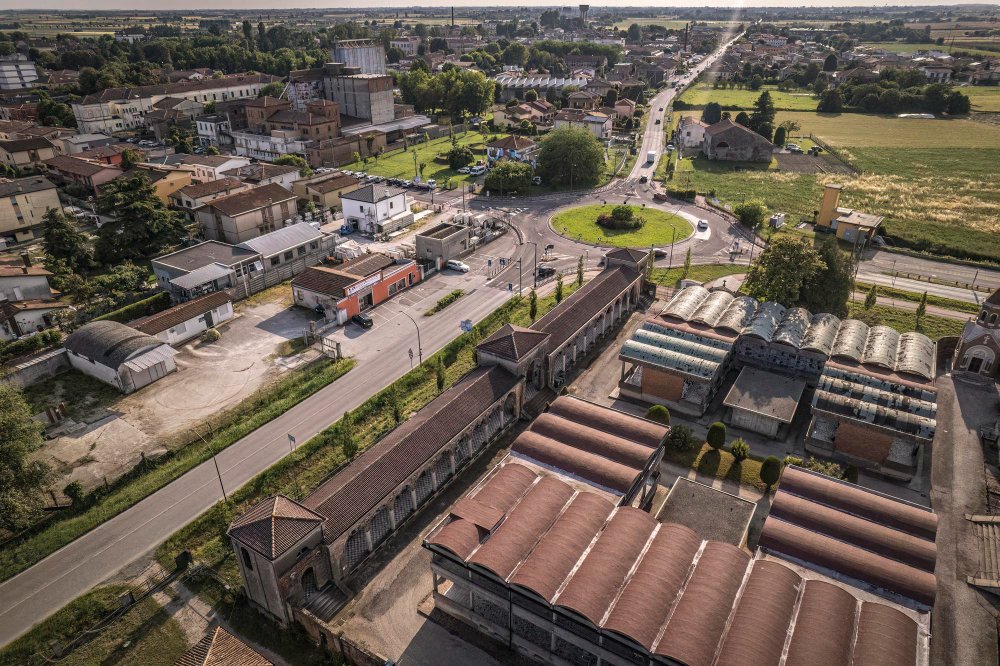
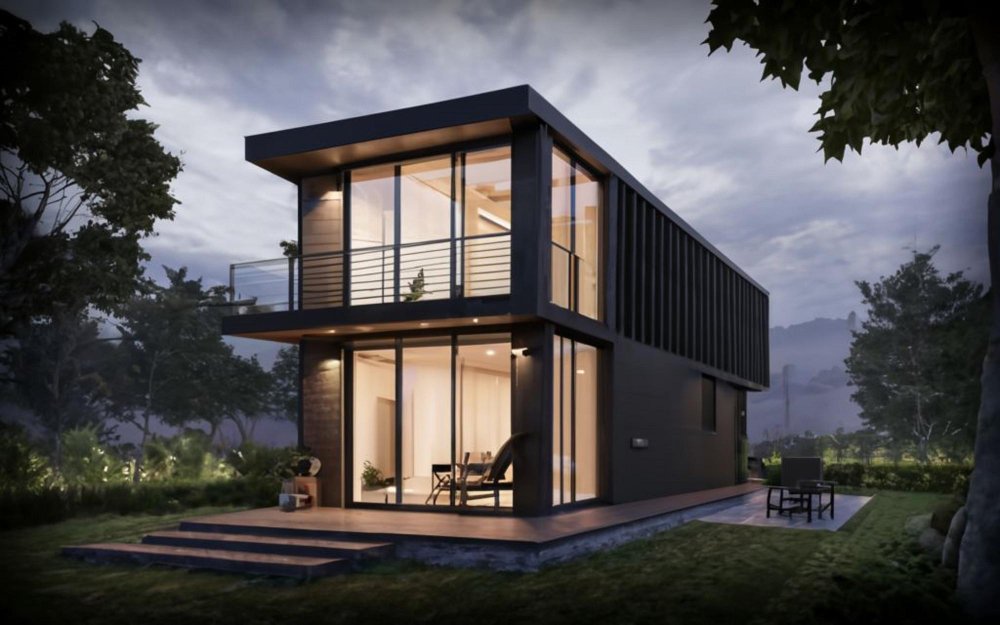



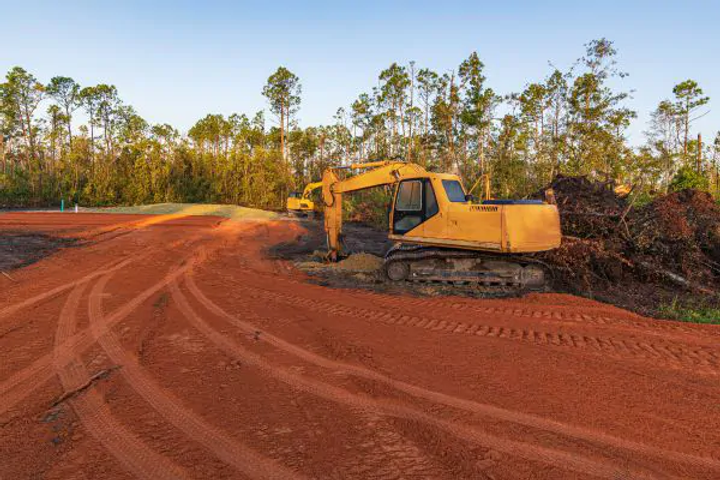

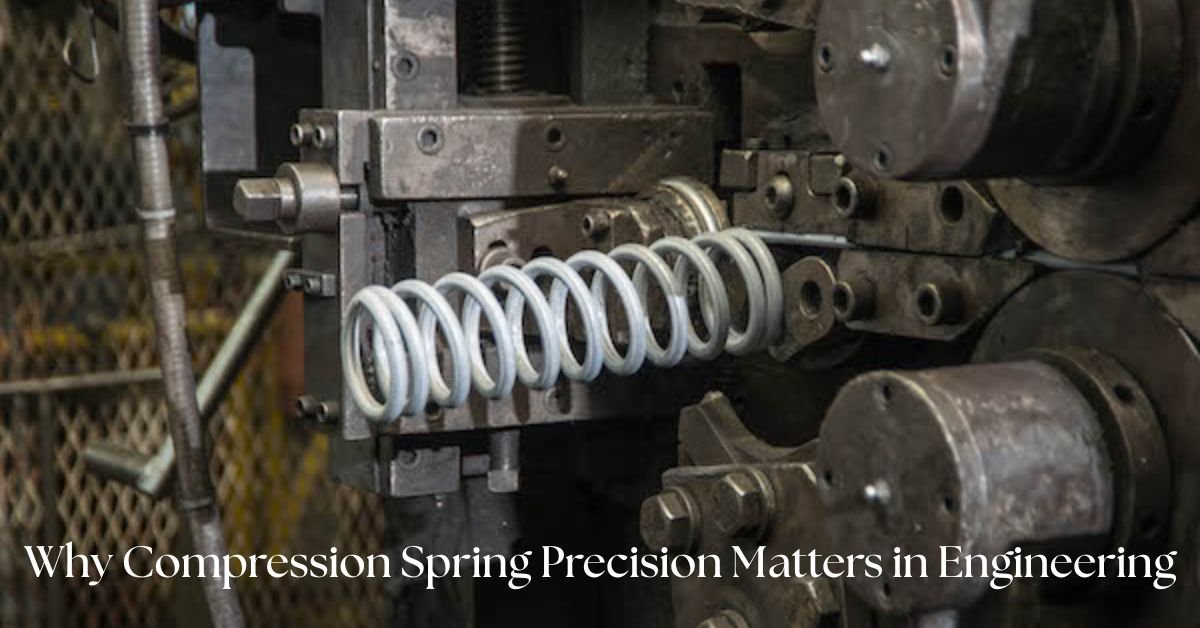
Leave a Reply